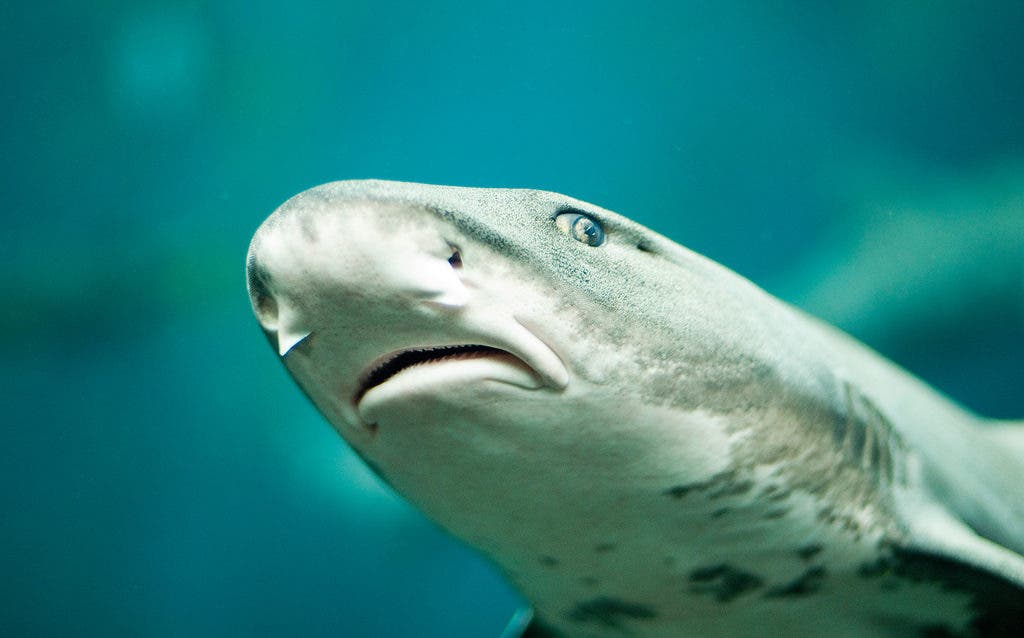For the first time, a shark has been observed switching from sexual to asexual reproduction. It’s a move that might very well save this species.
In sexual reproduction, two parents contribute genetic information to produce unique offspring. Meanwhile, asexual reproduction generates offspring that are genetically identical to a single parent. Both have advantages and disadvantages which is why they both still exist in the animal world. But in this case, a leopard shark has been observed switching from one to the other.
The leopard shark, Leonie, was captured in the wild in 1999 and has since been transported to the Reef HQ aquarium in Townsville, Queensland. She had several litters of viable, sexually produced offspring, as part of the aquarium’s breeding program. But when the breeding program was scaled down, she was separated from her breeding mate. After this happened, one of her offspring, Lolly, shared the tank with her mother. Much to the biologists’ surprise, in 2014, both Leonie and Lolly laid eggs — although there was no male near any of them and Lolly hadn’t even seen a male.
Much to the biologists’ surprise, in 2014, both Leonie and Lolly laid eggs — although there was no male near any of them and Lolly hadn’t even seen a male. DNA tests showed that this was indeed asexual reproduction.
“Leonie had pups with a male leopard shark until 2013, when the breeding pair were separated for space reasons,” said Dr Christine Dudgeon of UQ’s School of Biomedical Sciences, who documented the process. “In April 2016 Leonie hatched three eggs, despite having no access to a mating partner for three mating seasons. We thought she could be storing sperm but when we tested the pups and the possible parent sharks using DNA fingerprinting, we found they only had cells from Leonie.”
The pups are alive and healthy, constantly monitored by scientists. Aside from being a remarkable process in itself, this could have significant implications for the leopard shark. The species is listed as endangered by the International Union for the Conservation of Nature.
“This has big implications for conservation and shows us how flexible the shark’s reproductive system really is. Leonie adapted to her circumstances and we believe she switched because she lost her mate. What we want to know now is could this occur in the wild and, if so, how often does it? One reason why we haven’t seen it before could be because we haven’t been looking for it.”
But asexual reproduction also has its downsides. Most notably, it leads to a lack of genetic diversity, because the pups only have genes from their mother.
“You lose genetic diversity with generations of asexual reproduction, so we’ll be seeing if these offspring can mate sexually themselves,” Dudgeon said.
Journal Reference: Christine L. Dudgeon et al. Switch from sexual to parthenogenetic reproduction in a zebra shark, Scientific Reports (2017). DOI: 10.1038/srep40537










